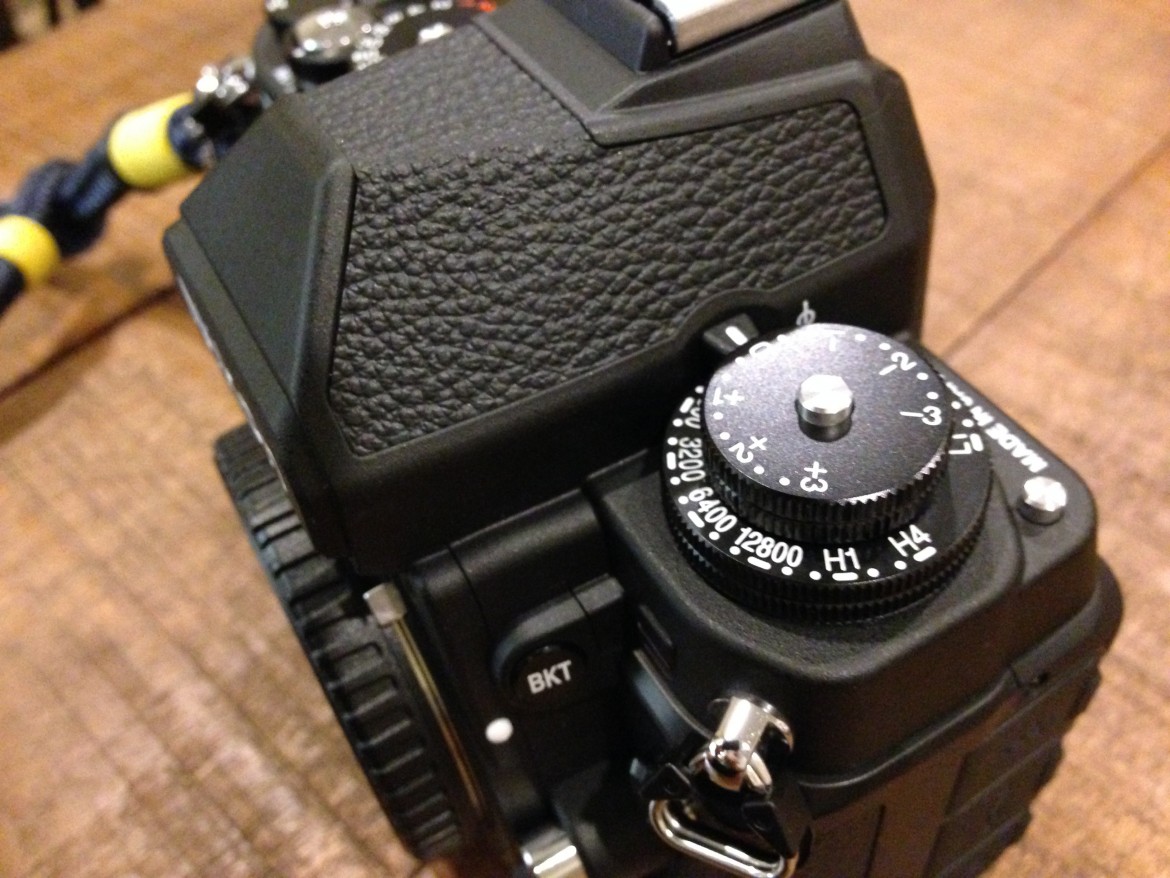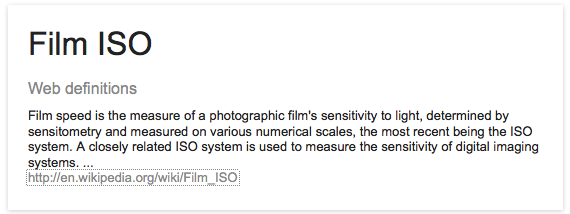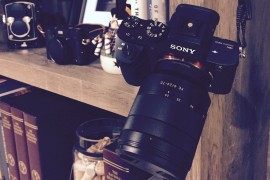I’m not a scientist. Surprise! But I do know a thing or two about the mechanics of your camera and how its magical insides work (spoiler – it’s not magic). You may have wondered why the “extension” ISO wasn’t just written as a number on your DSLR (50 or 100 on some cameras) as opposed to L1 or H1. Manufacturers typically list H and L as extensions rather than numbers for a few reasons.
One reason may be that the manufacturer knows that there is a slight decrease of image quality when you use the extension so they put them on the outside of the normal or “native” ISO range (hence the reason why some cameras write “recommended” next to the ISO number before the extension number. Another reason may be that a camera manufacturer meters their higher ISO slightly more or less than the standard so they list it as an extension. Whatever the reason may be you should be aware of the impact these extensions have on your image quality.
Once outside of the native or normal ISO range of your cameras sensor the increase or decrease in ISO is a software change (digital amplification rather than analogue for you techies) and typically has a negative impact on image quality.
Low ISO Extension
Dropping down to ISO 50 from a base of 100 will reduce the dynamic range in your highlights by about one stop.
Why wouldn’t you just shoot in Low ISO setting if that will have the least amount of noise and the most dynamic range? Contrary to what you’d think, lowing the ISO to its lowest ISO (the setting below its lowest native ISO) will actually decrease your dynamic range by a stop or two* which means the highlights could easily get clipped.
The lowest ISO setting is ideal if you’re in a really bright situation and you need to get your shutter speed down so you don’t over expose your image (perhaps you’re using a wide aperture for creative reasons) but if you drop below your base ISO of say 100 or 200 you risk reducing the dynamic range (quality) of your image. Dropping down to ISO 50 from a base of 100 will reduce the dynamic range in your highlights by about one stop*. Remember that your cameras sensor does not have the dynamic range that your eyes do, there is no way for the camera to capture the brightest of highlights and expose the darkest of dark shadows as well. The lowest ISO extension may have slightly less noise than that of the lowest base ISO but I would recommend saving that for situations where you don’t have an extreme range of light to deal with, perhaps in a studio.
High ISO Extension
When you increase the ISO beyond it normal range your camera is basically under exposing the image by a stop or two and then digitally boosting the brightness which not only adds noise, which is typical of a higher ISO, but can also have a negative effect on color accuracy as well.
In conclusion, I would recommend trying to stay in the normal ISO range of your cameras sensor for optimal image quality and dynamic range. Your lowest ISO setting within the normal range is ideal for the least amount of noise and the most dynamic range. I would only use the lowest extension if I was determined to use a fast lens wide open in bright sun light and needed to get the shutter speed to a usable level or I was in a controlled lighting environment. I don’t ever use the highest extension ISO because I don’t find the images useful but that is certainly subjective. Your mileage will vary depending on the camera manufacturer as well as time… the technology behind our cameras sensors are improving all the time and eventually you could be able to increase your ISO beyond what you imagined and retain high image quality.
Do you have any tips you’d like to share with the readers of PhotolisticLife? Check out the Submit an Article link to submit to various challenges or make one up of your own. Enjoy!



